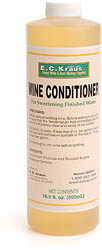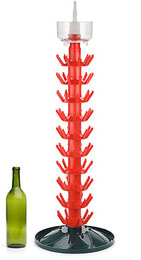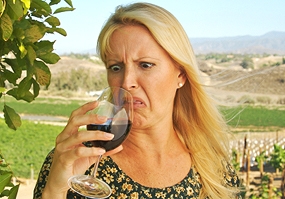 Hello Adventures in Homebrewing:
Hello Adventures in Homebrewing:
We have 17 gal of 2009 Syrah, it tastes a little bitter to us. Should we add conditioner before bottling?
Thank you
Bobbi
———-
Hello Bobbi,
Wine Conditioner is not designed to cover up bitterness. It is a wine sweetener for people that do not like their wines dry. A better avenue would be to try to figure out why the wine is bitter. Then see if it can be remedied, not masked.
There are two primary faults that can cause bitterness in a wine:
- Excessive Tannin
Tannin is a bitter acid that is found in the seeds, stems and skins of the grapes. If the grapes are over crushed, or over pressed, or left in the fermentation too long, too much tannin can be extracted into the must. - Over Oxidation
This is essentially over exposure to air. If the finished wine sits in a partially-full wine carboy or plastic fermenter along with air, the wine can begin to take on the effects of oxidation. It can be noticed as a slight cough syrup flavor. You may also notice a subtle change in the wine’s color. It the case of a Syrah, a shift to a orange hue.
Where to Start
There are a couple of wine making products that may be of help. If the Syrah has never been treated with bentonite, I would start there. Bentonite is a fining agent that can cause excessive tannins to fall out of a wine. Bentonite will also help to reduce the effects of oxidation, indirectly, by dropping out oxidized color pigmentation.
If you feel that oxidation is the problem, I would also follow the bentonite finings with gelatin finings on the next day. I would also suggest adding a dose of sodium metabisulfite during the last stir of the wine. This is to help drive any oxygen and to help preserve the wine.
Allow 1 to 2 weeks for the deposits to settle out from the finings and then rack the wine into another wine carboy.
Happy Wine Making
Customer Service
———————————————————————————————————
Ed Kraus is a 3rd generation home brewer/winemaker and has been an owner of E. C. Kraus since 1999. He has been helping individuals make better wine and beer for over 25 years.

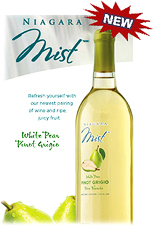
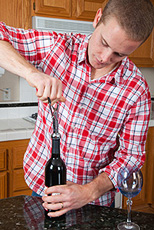 The Wine Institute, a California based organization representing over 1,000 wineries throughout the state of California, stated in it’s
The Wine Institute, a California based organization representing over 1,000 wineries throughout the state of California, stated in it’s 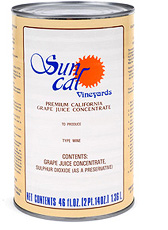
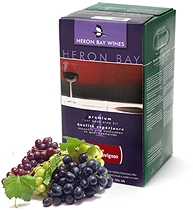
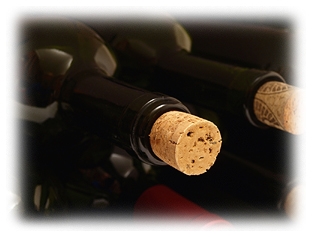 Customer Service:
Customer Service: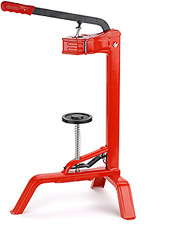

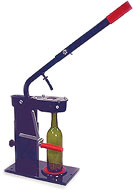
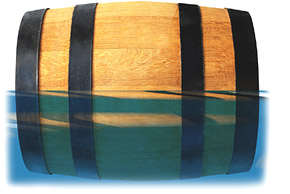 Hello:
Hello: